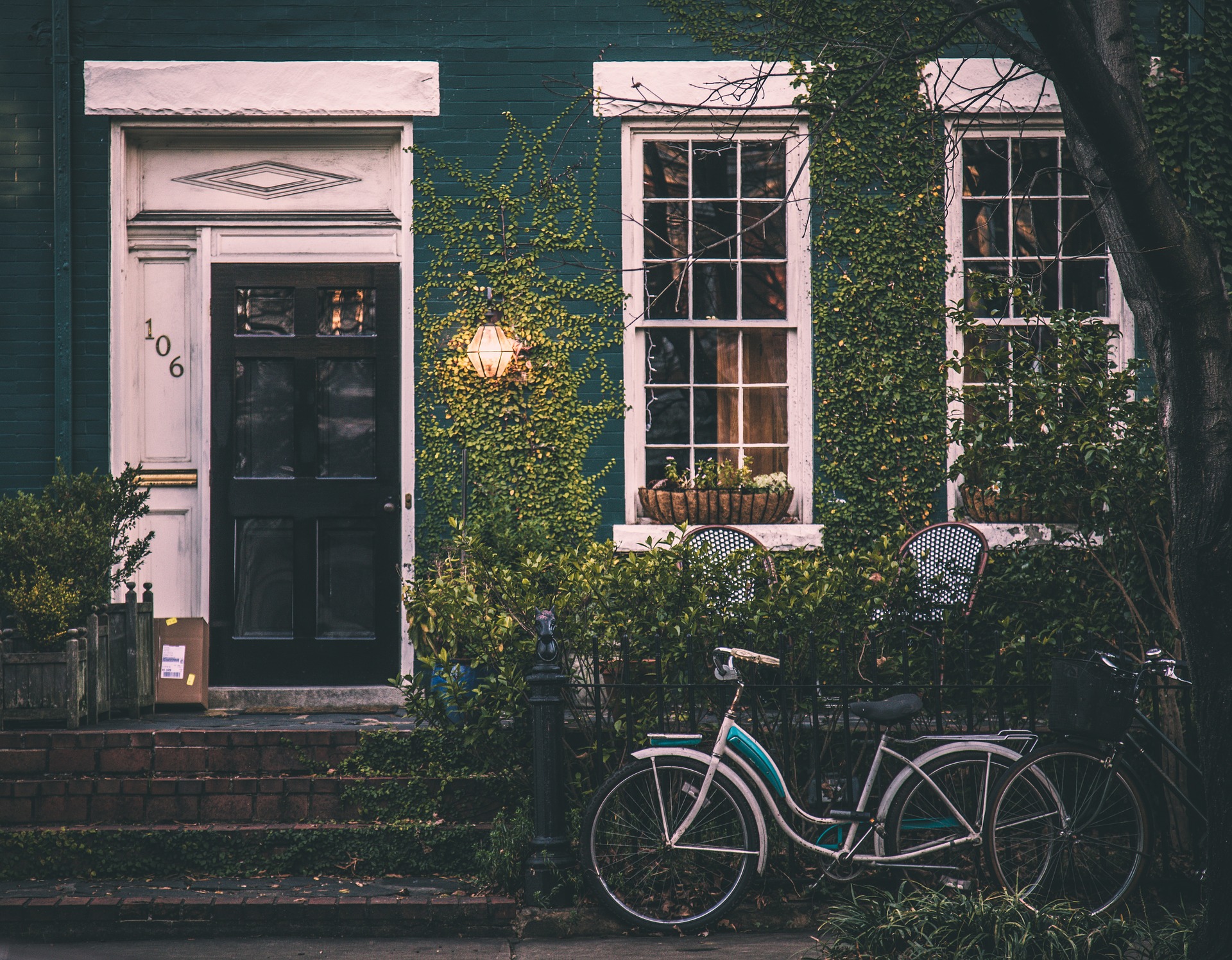Home Restoration and Water Removal Process
2019.04.09

After floods or any event that involves water intruding into homes and causing structural damage or severe wetting, caution should be taken before re-entering the house. It’s important to seek the opinion of a professional as there may be potential hazards resulting from structural and electrical systems that may be of questionable integrity.
In the event of flooding, the following process should aid in mold removal and water removal;
Stop the Water at its Source
If the flooding results from anything else other than an act of nature, find the source and close it. Usually, it can be achieved by closing the valve leading to the house. For floods resulting from an act of nature, unclog all the drainage systems to allow for the smooth flow of water.
Turn off the Electricity
After closing the water valves, ensure that the electricity to the house is disconnected by turning off the main switch. If the switch box is located at a position that requires stepping on water, seek the help of an electrician.
Contact Insurance Services
It is also paramount to contact the insurer and keep records of damages made by taking pictures of the home and its belongings. While at it, make sure that they clarify if it’s essential to wait for an adjuster before beginning the cleanup and repair processes.
Start the Cleanup
Having contacted the insurance company, the next and most important thing to do is removing or drying water-damaged items to prevent mold damage. If the house was flooded for more than 48 hours, it’s safe to assume that the mold growth process has already begun. As a result, it’s paramount that everything is dried, the mold cleaned, and the moisture problem fixed. Other than in clothes, books, furniture, and drywall, mold also thrives under carpets, behind walls, and in cushions.
Understand Mold and how it affects One’s health
When it comes to matters of health, there is no case of low-risk mold infestation or high-risk mold infestation. Mold should be considered a danger to one’s health at all stages or levels of infestations. As such, protective gears should be worn while entering mold infested areas. Exposure to mold during the mold removal or water removal process can lead to breathing-related diseases such as asthma and allergy. It can also cause skin and eye irritation. As such, before entering moldy sites, ensure you have protective gears such as;
• Home Restoration and Water Removal Process
• Gloves – Wear non-latex gloves to prevent the hands from coming into contact with moldy surfaces.
• Goggles - Protective goggles should keep out dust and small particles from entering the eyes and finally,
• Taking a shower and changing clothes is paramount after entering a contaminated area. A shower and a change of clothes ensure that the mold is not transferred to the living quarters.
Children and people with weak immune systems should not take part in the clean-up exercise.
Hire or Do the Clean-up?
While the factors that should be considered while determining the best approach to removing water after floods are health and the extent of the damage, it’s always advisable to seek the services of an experienced and professional institution. The process may be too difficult and dangerous.
One such institution that offers water removal and mold removal services is Aloha Restoration Company. Aloha Restoration is a family-owned home restoration company with its headquarters in Lake Zurich, Illinois. They provide a wide range of services including mold removal, home remodeling, water mitigation services, smoke restoration, fire restoration, and carpet cleaning. They are among the top professional carpet cleaners in Lake County.
More Articles
Copyright © Fooyoh.com All rights reserved.